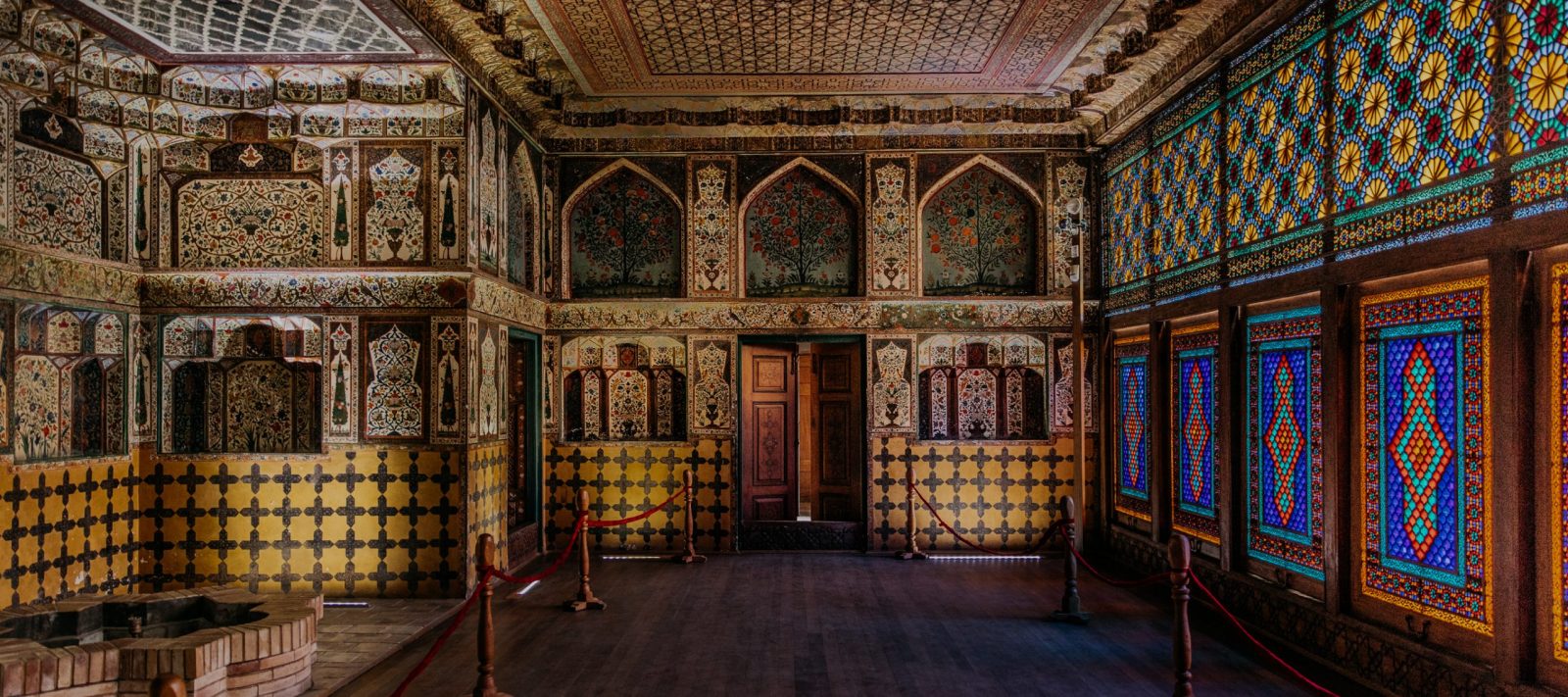

Sheki, Azerbaijan: the UNESCO city for Sweet Tooths
Words by Sofia Levin
Images by Sofia Levin & Kitti Gould
Last updated 18.02.2022
Sheki is a Unesco-listed city in Azerbaijan known for its history, stained glass and traditional desserts.
Until you day trip out of the capital of Baku, it’s hard to grasp just how beautiful and regionally varied Azerbaijan is – and that you need far more than a day to explore beyond the city. For me, this realisation came when visiting Sheki (Şəki), a 2700-year-old city with cobblestoned streets, medieval buildings and crafts as fine as its desserts.
Around 300 kilometres north of Baku, Sheki was added to Unesco’s World Heritage list in 2019. Located on the west coast of the Caspian Sea and at the foot of the Caucasus Mountains, Azerbaijan welcomed traders of spices, goods, religions and customs from both land and sea. Sheki, a trade hub since the Middle Ages, is also known for its silk and shebeke (şəbəkə), a version of stained glass where colourful sheets are perfectly cut to fit a wooden frame, no nails or glue required.
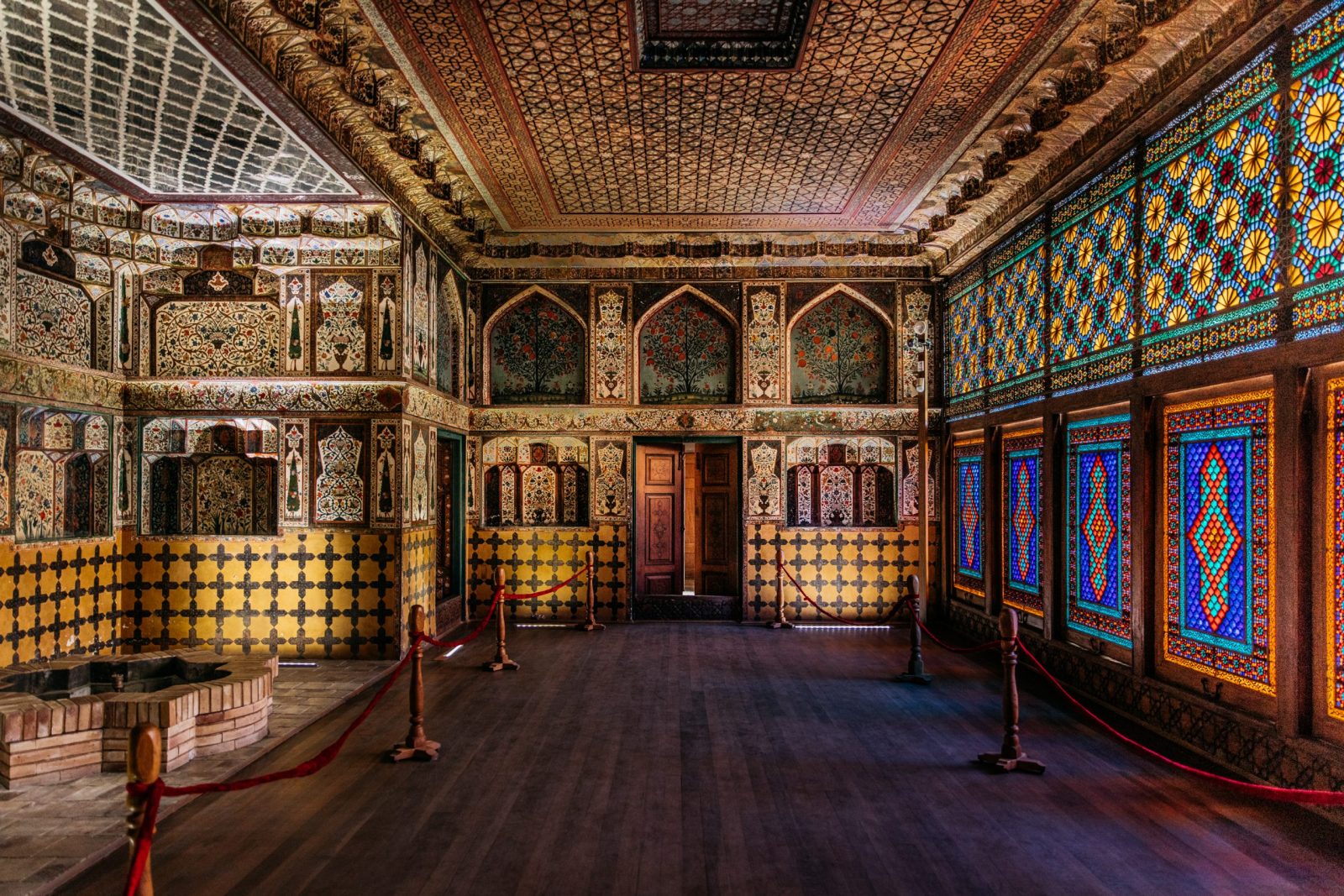
There’s a lot to explore – the 18th century Palace of Shaki Khans, which took two years to build and another eight to decorate in shebeke; the Sheki Karvansaray, formerly a caravanserai roadside inn for weary traders and their animals to rest; the picturesque village of Kish (Kiş), known for the Church of Kish, the first in the South Caucasus where six, two-metre-plus skeletons were discovered in crypts in 2000 and are now displayed – but you’ll have plenty of energy thanks to Sheki’s abundance of sweets.
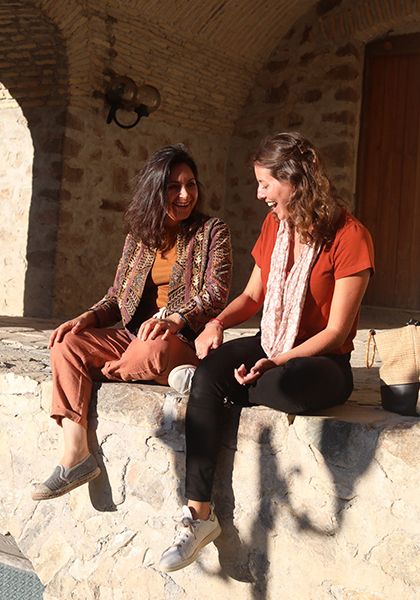

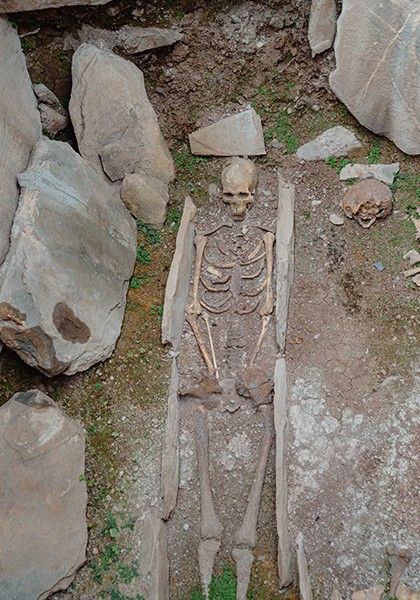
I’m under the impression that if a domestic traveller returned home without a box of renowned sheki halva for their loved ones, they’d be in more trouble than those skeletons. There are more than 30 varieties of Azeri sweets, with most incorporating nuts, spices and pastry. Early in the year over Novruz, a holiday that celebrates the start of spring and has roots in the ancient pre-Islamic Zoroastrian religion, pastries like pakhlava, badambura and shekebura are eaten even more regularly. Below is a list of Azerbaijani desserts that differ from region to region, starting with Sheki’s most popular specialties.
1. Sheki Halva
Sheki halva isn't anything like the dense, sesame dessert you might have tried in the Middle East. It’s more similar to baklava and is unique to the area. At its core, Sheki halva is a version of baklava made with rice paper and painted with natural dye. You can’t visit Sheki without trying some. To learn more about the history, legend and ingredients of Sheki halva, Azerbaijan’s most famous desserts – as well as the best place to try it – click here.
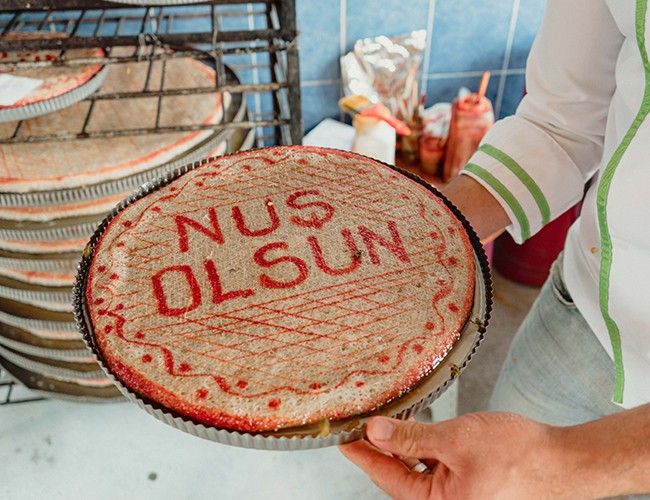

2. Bamiya
A specialty in Sheki, bayima are Azerbaijan’s answer to churros or doughnut fingers. Translating to “okra” because of their shape, each deep-fried length of dough is dipped in syrup that seeps through to the centre and creates a sugary juiciness with every bite.
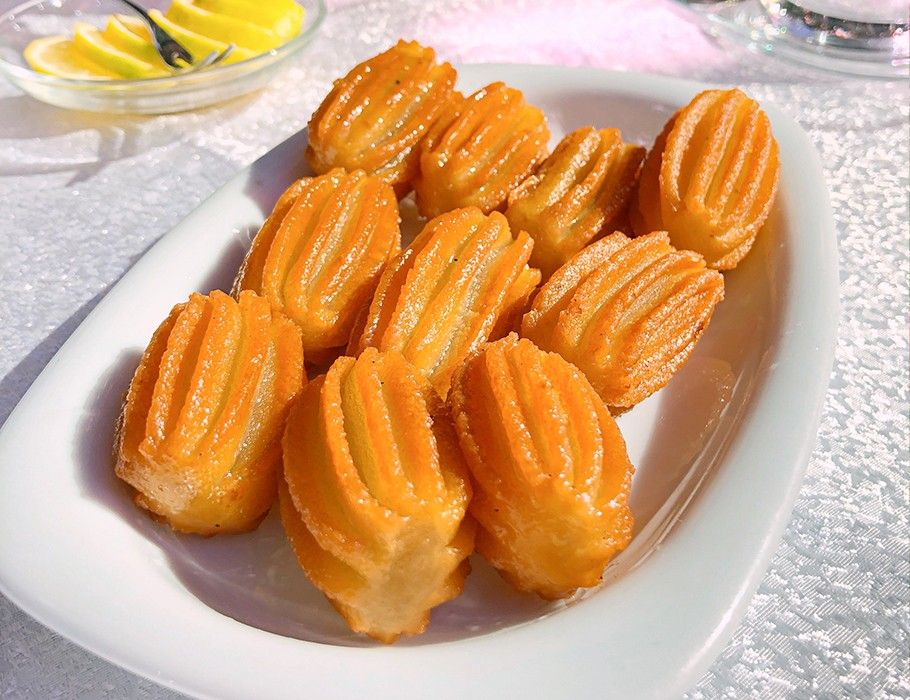
3. Pakhlava
This is the most widespread sweet in Azerbiajan, which you might know as baklava. These layered pastries are stuffed with chopped nuts, spices and drowned in sugar syrup and honey. You’ll find them everywhere, but they are especially significant during Novruz.
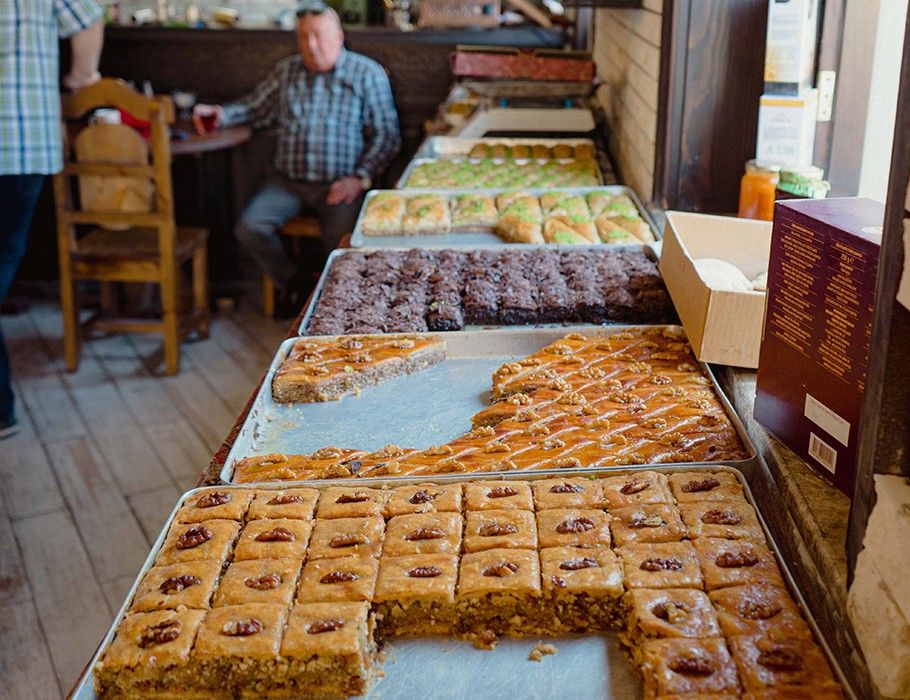
4. Badambura
Another flaky pastry, this time made from almond and not nearly as sticky or sweet as pakhlava. Flavoured with cardamom and sometimes brushed with egg wash, it’s the Azeri version of an almond croissant, traditionally prepared for Novruz.
5. Shekerbura
Once again prevalent during Novruz, this familiar pastry is made from dough, filled with mixed crushed nuts (often almonds, walnuts or hazelnuts), sugar and cardamom before being formed into a crescent. Shekerbura is instantly recognised by the herringbone pattern on its decorative shell, created using traditional tweezers called maggash.

6. Yayma
After rice was introduced in the Middle Ages, yayma came along. It's a traditional version that’s fragrant and golden from the addition of saffron, usually served warm with wads of melty butter, honey and a touch of cinnamon.
For the list of unmissable savoury dishes in Azerbaijan, read this article.
Sofia Levin travelled with assistance from the Ministry of Foreign Affairs of Azerbaijan, but this article remains autonomous.
Join the Eat Curiously Movement
Subscribe to the food newsletter that goes deeper.
